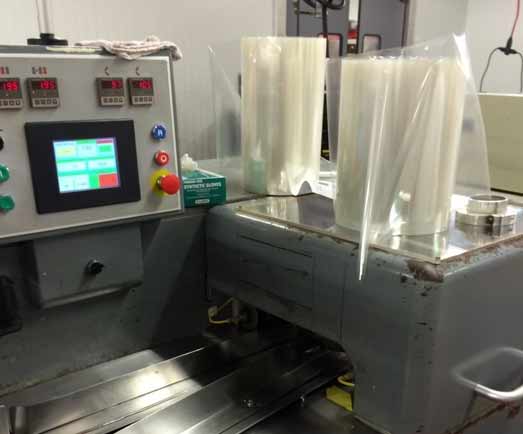A Simple Sandwich Making Operation?
Food preparation is a growing business for many retail grocery outlets. The need for adequate food storage and preparation safety has opened the grocery industry to hazards more typically associated with mass production food facilities.
In one recent incident, a food worker working alone making sandwiches became ill and lost consciousness. He was discovered by a supervisor who called for help. Emergency responders were able to revive the worker and a subsequent investigation revealed a leak in the nitrogen injection equipment used to preserve the packaged sandwich. The resulting release of nitrogen lowered the level of oxygen available resulting in the employee’s loss of consciousness.
Carbon Dioxide(CO2) and Nitrogen are hazardous by their potential to create an oxygen-deficient atmosphere in the event of an unplanned release. Whenever Carbon Dioxide and Nitrogen are present in a closed area (like a refrigerated food preparation area). Installing a refrigerant monitoring system to detect low oxygen levels is critical to monitor oxygen levels are a critical Life Safety function.

Need a Code-Compliant Life Safety System?
Whether you are building a new facility or have an existing one, talk to one of our Field Service Engineers to make sure it meets all compliance requirements.
